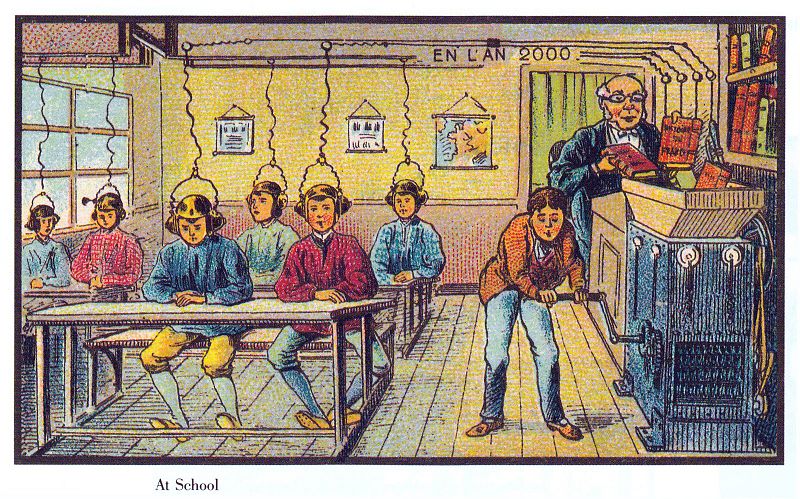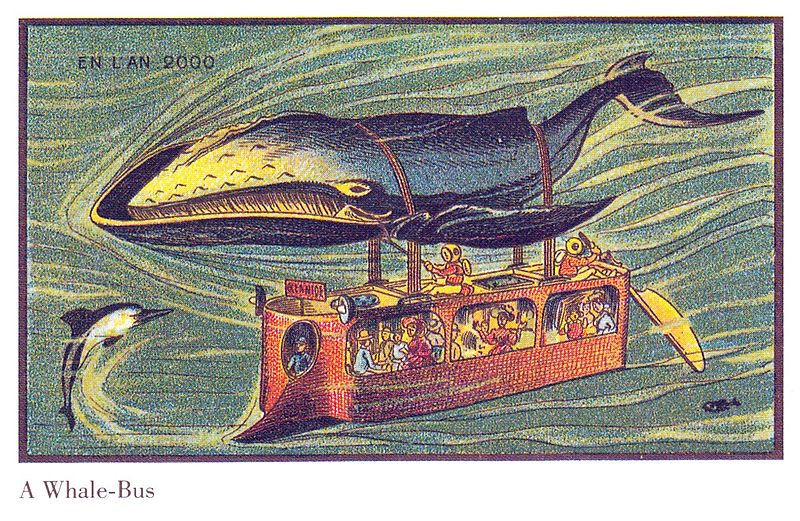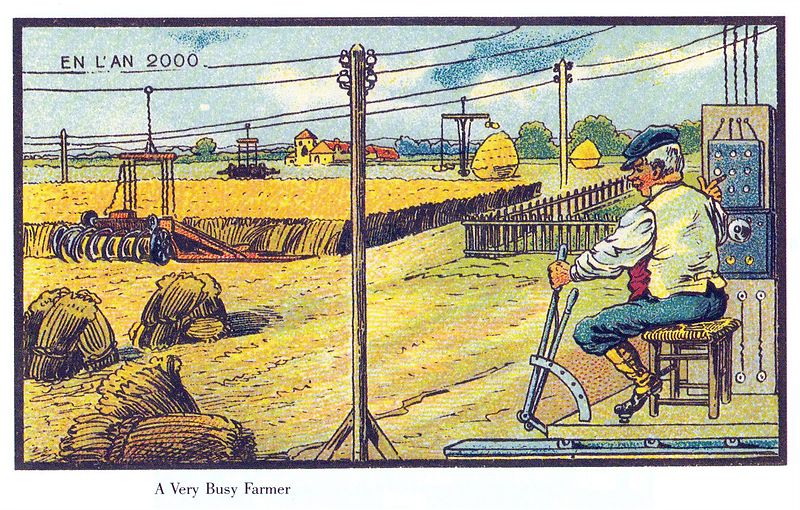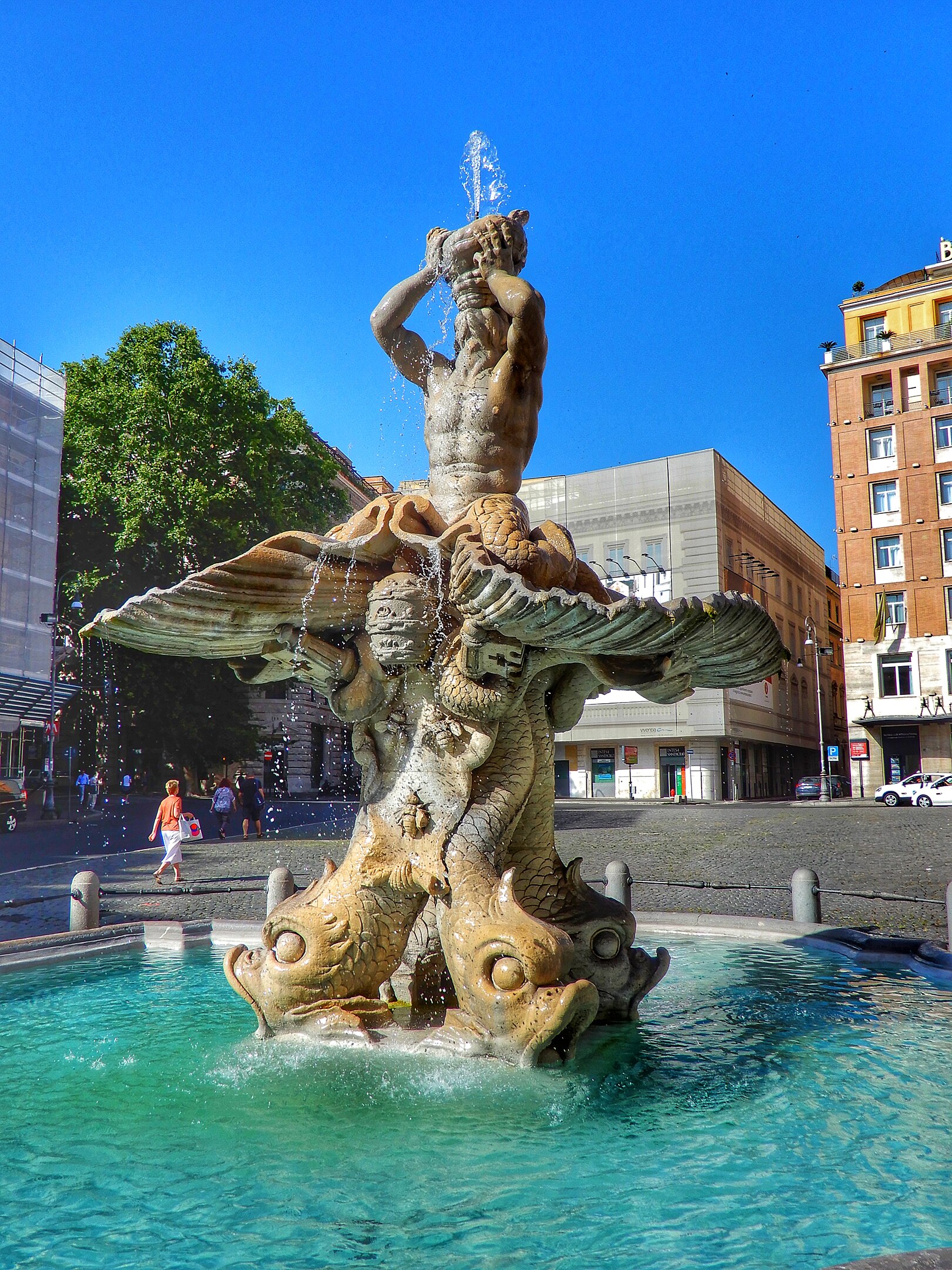It’s difficult to imagine Iman and David Bowie inviting Vogue readers to join them on the above virtual tour of their mountaintop home near Woodstock, New York when the rock legend was alive.
Granted, shortly after their 1992 wedding, he gave Architectural Digest a peek at their ultra-luxurious, Indonesian-style holiday digs on the Caribbean island of Mustique, but, as reporter Christopher Buckley noted, “role changes have always been part of David Bowie’s persona.”
By the time they bought property and started a family in New York, they had honed techniques for flying under the radar in public, allowing them to lead a fairly regular life in both Manhattan and Ulster County where the house they built on their 64-acre plot of Little Tonshi Mountain is located.
Even the most dedicated city slicker should be able to appreciate the beauty of their floor-to-ceiling Catskills views.
“It’s stark, and it has a Spartan quality about it,” Bowie said prior to breaking ground on the house:
The retreat atmosphere honed my thoughts. I’ve written in the mountains before, but never with such gravitas.
WPDH in Poughkeepsie reported that “the mountaintop retreat was kept “secret” from fans and paparazzi as much as anything can be hidden in the age of the Internet and TMZ:”
Locals, however, are well aware of Bowie’s mountaintop home. Although many knew of his address, the rock icon’s requests for privacy were mostly honored by his neighbors and fellow Ulster County residents. Bowie was spotted around town but rarely hassled by strangers.
By and large, his neighbors left him in peace to pick up Chinese take out, browse the indie bookshop, and celebrate his daughter’s birthday at a nearby water park.
Bowie recorded his final album, Black Star, on the mountain. Soon after, friends and family gathered to scatter his ashes there too.
Iman confides that she found it difficult to spend time at the house following his 2016 death, but spending time there during the most intense part of the pandemic helped her come to terms with grief, and rejoice in the many contents that remind her of him.
Some highlights:
- Bowie’s 1980 painting, Mustique, one of many self-portraits he painted over the years.
I feel like when I look at his eyes and I move around the house, it’s like it’s following me.
- Lynn Chadwick’s sculpture “Teddy Boy and Girl”
Art consultant Kate Chertavian recalls how Iman enlisted her to help her track it down in the summer of 1993 to mark the couple’s first wedding anniversary:
David had shared with her a small drawing of a sculpture by Lynn Chadwick… a version of his Teddy Boy and Girl that had won the International Sculpture Prize at the 1956 Venice Biennale. Although I didn’t yet know David, his interest in this sculpture, with its musical references and incredible energy, made perfect sense. Teddy Boy and Girl is one of Chadwick’s best-known bodies of sculpture that helped rocket the artist to international fame. The series eloquently embodies the emergent 1950s British Pop culture as they depict post-war music-mad teens in their Edwardian frock coats dancing with arms in the air.
…way before David and I met, this was one of his favorite books. And actually, he told me some of the lyrics from his song “Heroes” were actually inspired by this book. And then of course, finally, when we meet, we can’t believe that we both adore the same book, but that also the whole story happens from where I come from, Somalia.
- A self-portrait by their then-fifteen-year-old daughter Alexandria Jones, in which she and her mother are depicted inclining gently towards each other:
It’s me and her and, of course, the black star. That’s David… she painted this in 2016, which was the first year without David.
Of perhaps less immediate interest to those unconnected to the world of high fashion is a pricey black crocodile Hermès Birkin bag, a souvenir of a Parisian holiday early in the couple’s romance. This item does come with an endearing sartorial surprise for Bowie fans, however:
…and he bought himself, you won’t believe it, sandals.
Rounding out the tour are a limited edition porcelain pitcher by Kara Walker and gifts from fashion designer and photographer Hedi Slimane and fellow former models Bethann Hardison and Naomi Campbell.
(Are we wrong to wish those sandals had been Crocs?)
Related Content
Behold The Paintings of David Bowie: Neo-Expressionist Self Portraits, Illustrations of Iggy Pop, and Much More
David Bowie’s Top 100 Books
The Art Collection of David Bowie: An Introduction
– Ayun Halliday is the Chief Primatologist of the East Village Inky zine and author, most recently, of Creative, Not Famous: The Small Potato Manifesto and Creative, Not Famous Activity Book. Follow her @AyunHalliday.












